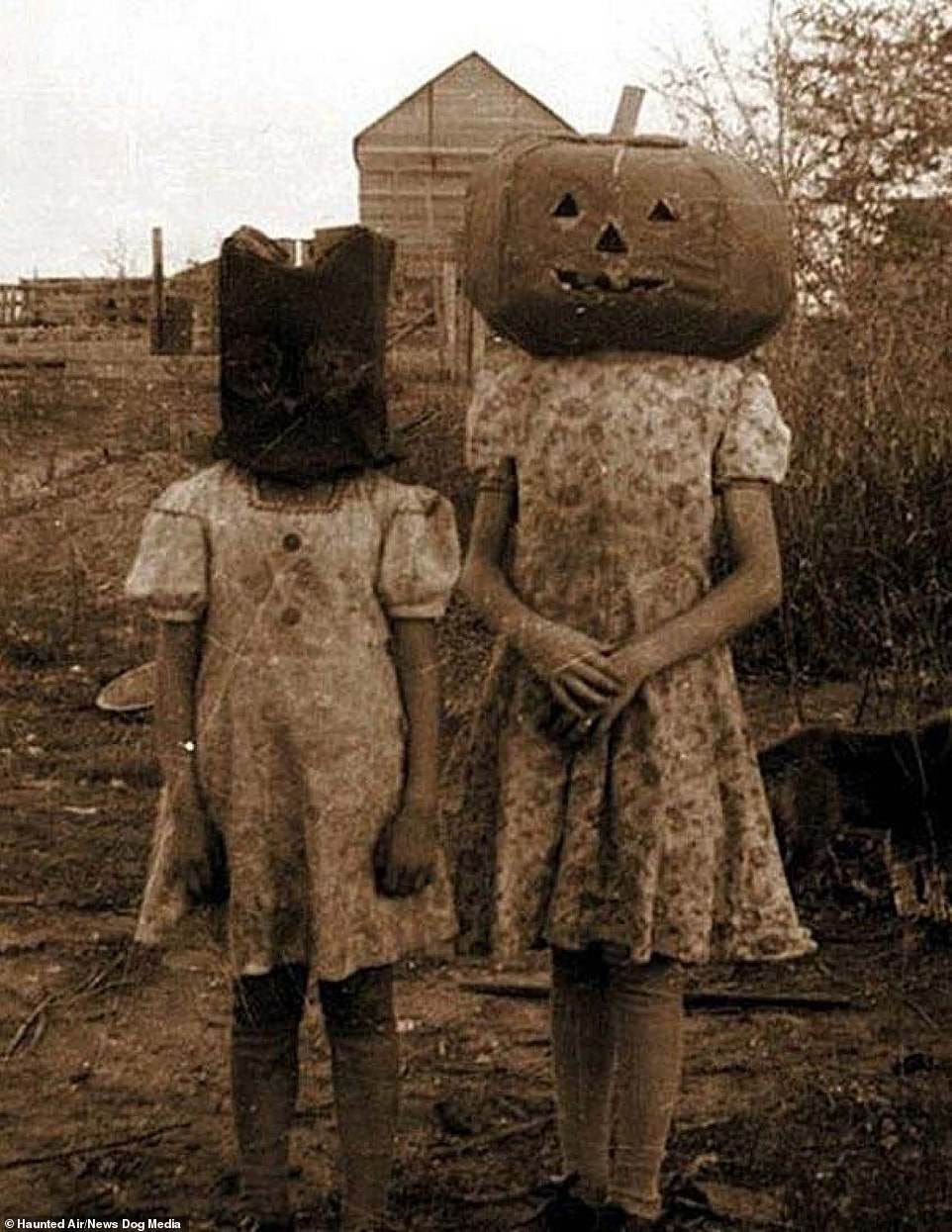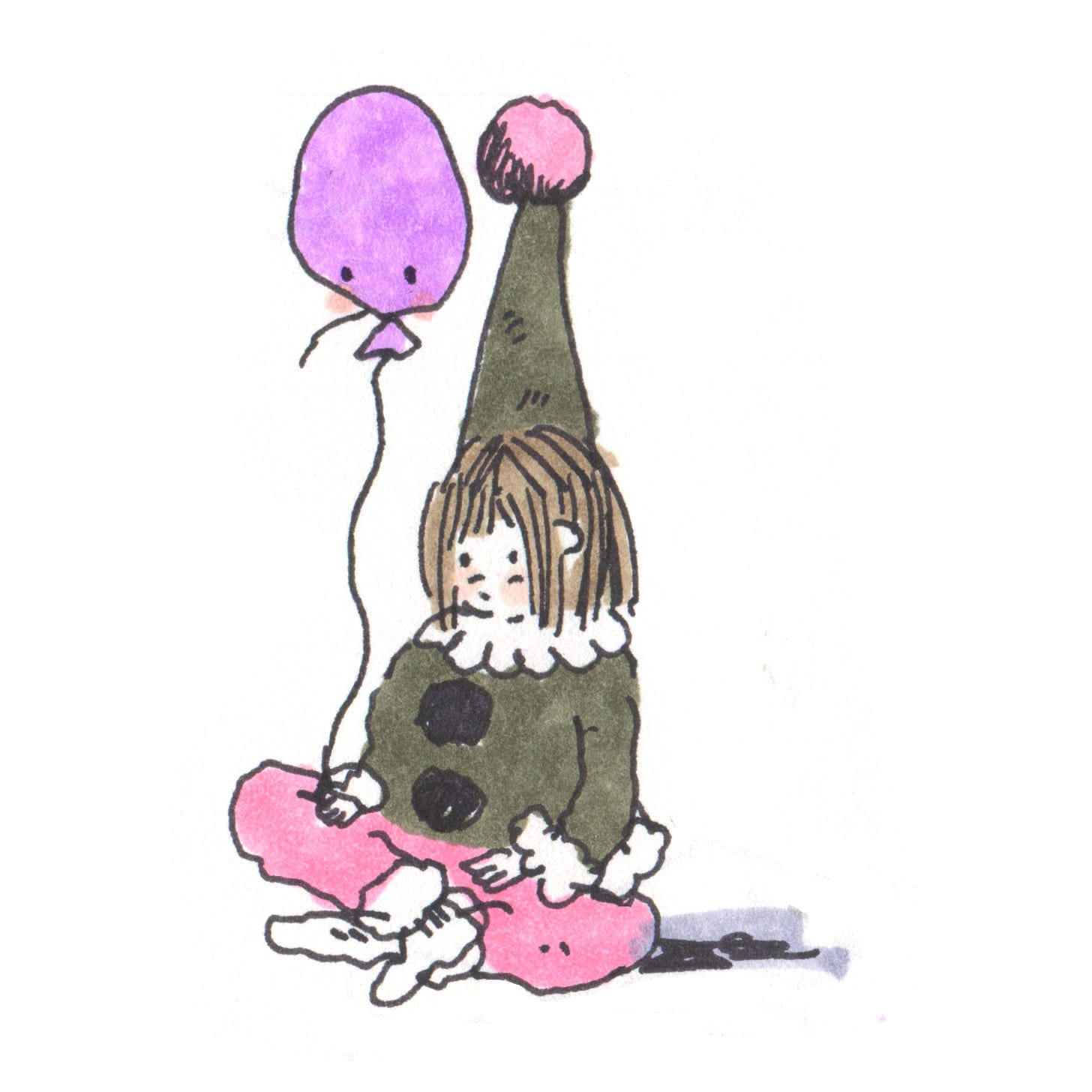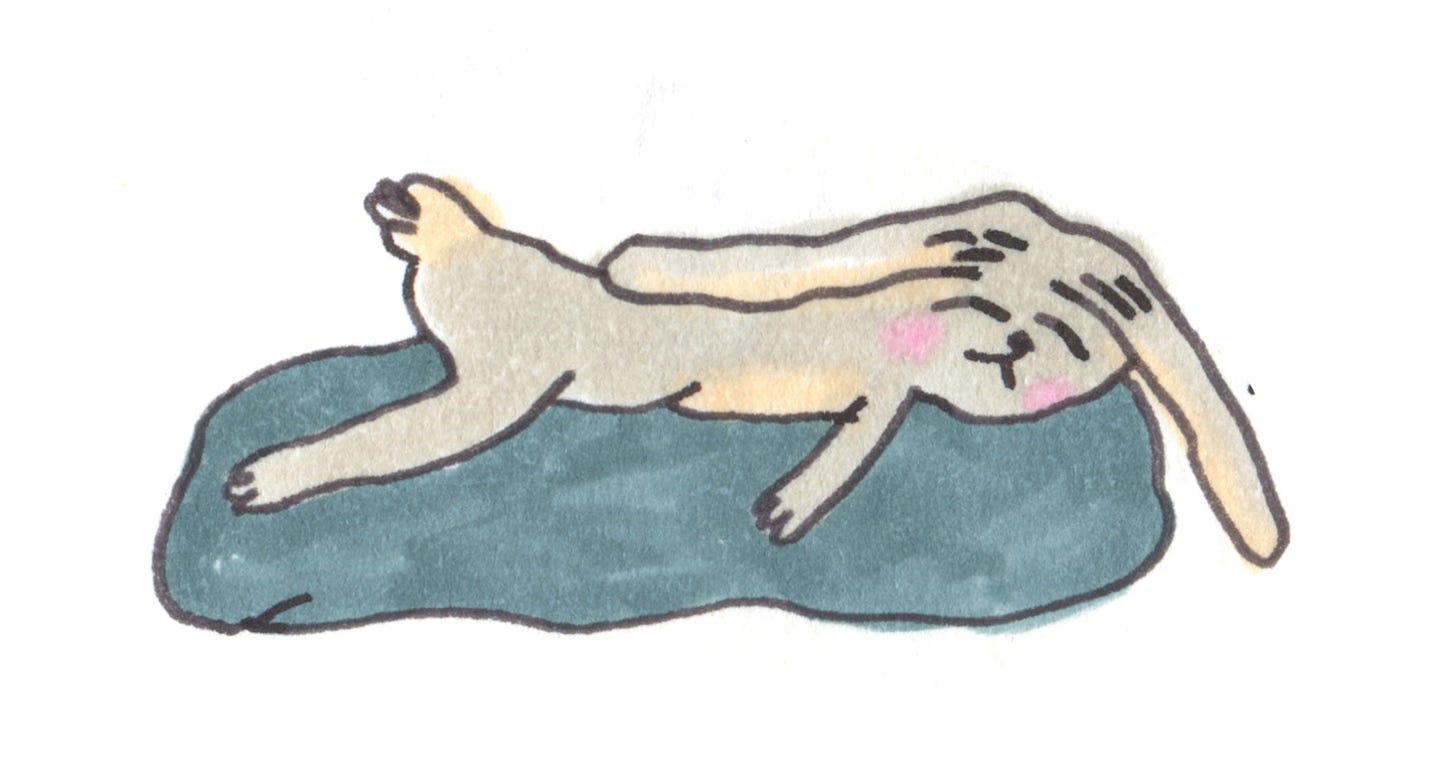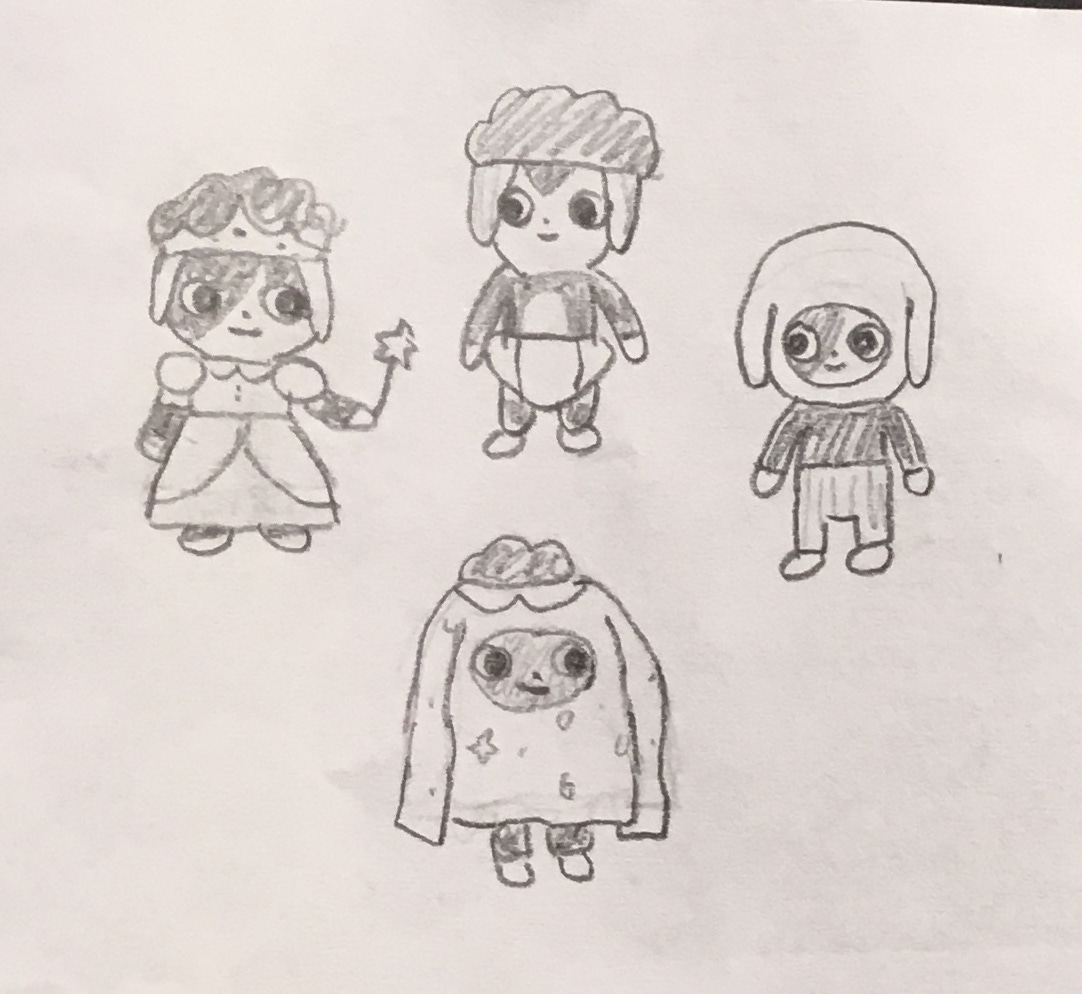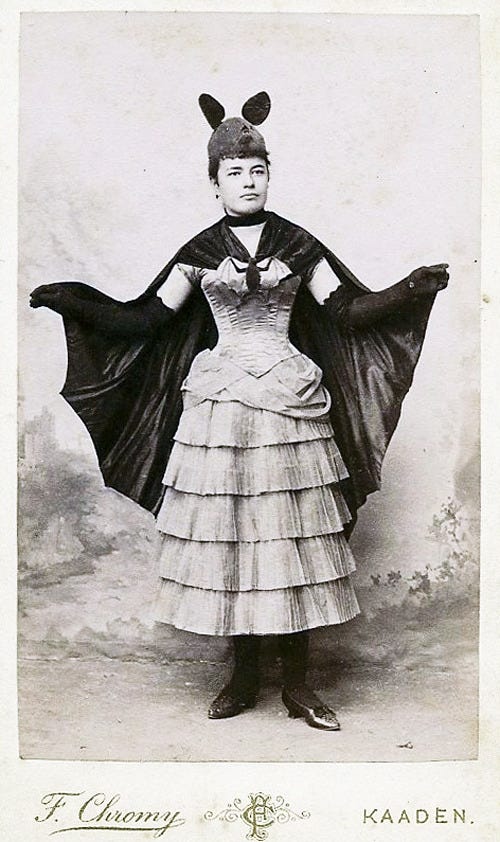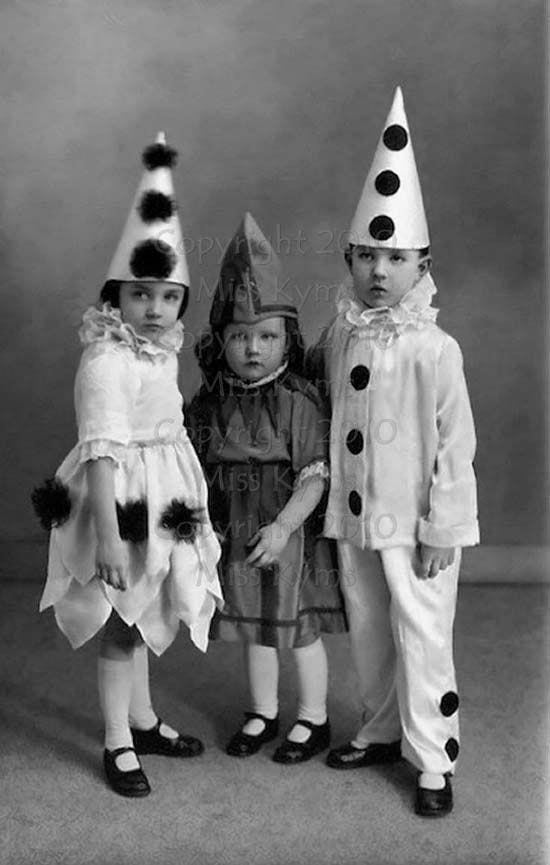Today we pass the baton from Halloween ghosts to Halloween costumes, with this elegant factual bridge:
The resurgence of the ghost costume was due in part to Harry Houdini!
Halloween ghosts were almost Halloween has-beens when they returned to the holiday as a popular obsession during the Jazz Age and Depression. Millions were diverted each October by the titillating prospect of a return engagement by the spirit of Enrich Weiss - better known during his mortal transit as Harry Houdini.
(apparently, prior to his death, Houdini stated that if it was possible to contact the living from beyond the grave, he would do so. To ensure there would be no funny business, Houdini left a secret code with his wife so she could suss out if the mediums were being genuine. The last official seance was held by his wife in 1936, but alas there was never any confirmed hello from Harry).
But why do we dress up in Halloween costumes in the first place?
Well of course, as we all know, the ghosts are coming (though apparently not Houdini):
In the British Isles during a medieval Halloween, a lonely bell ringer walked the narrow cobbled streets of tiny villages to warn that ghosts were on their way. Carved-out, candle-lit turnips sat on gateposts to ward off evil spirits, while people swore they heard the devil playing music with castanets made from dead men’s bones. In Spain a special pastry called “bones of the holy” was given away, and in Brittany, people poured milk over the graves to feed the dead. Polish Catholics taught their children to pray out loud as they walked through the woods so that the souls of the dead could hear them and be comforted. The Italians - a people with one of the most spirited relationships with their dead - even leave calling cards on the tombs of their dead relations.
We originally began dressing up for Samhain as a means of blending in with harmful spirits. Tricked into thinking we were one of them, the spirits would not bother us on the one night of the year when they roamed amongst the living.
Super stealth. Wouldn’t bother those two.
When I got a piece of rotten news a few years ago, my first instinct was to go to the nearest pharmacy and buy hair dye. I dyed my hair lilac and joked that I was hiding from sadness. I didn’t stay hidden for long, but it felt like it bought me a bit of time away from the oncoming wave of grief.
During this period, I also took to writing poetry, and the ones that felt most cathartic were when I tried on different characters.
Of course if you are too grief-striken to dye your hair or be a frog, you can always just turn your jacket inside out:
In contemporary fantasy literature, a stray sod is a clump of grass enchanted by faeries. If a person steps on one, they will become disorientated and lost, even in familiar surroundings.[1] Wearing an item of clothing inside-out breaks the enchantment, allowing the person to find their way again.
Whenever I introduce any kind of novelty or ritual into my life during periods when the bad spirits are hunting me it always feels very healing. My old roommate once told me when I was going through a break up and behaving like a soggy sobbing teenager crying in my bed, that I should try sobbing in different chairs in the house because even the smallest amount of novelty can change a person’s mood. Novelty activates the dopamine system sure, but I assume this trick worked because the bad spirits had gotten used to finding me in bed, and didn’t know to find me in chair. I bet it would have worked twice as well if I was dressed as a clown.
Sadness wasn’t always so persona non grata in our society. According to Tiffany Watt Smith’s TED Talk on the History of Human Emotions, where we now see happiness as a covetable feeling, for families in the 16th century sadness was the hot ticket emotion:
Books about how to be sad would list things to make you sad and people would hold up sadness as a medal. They thought that it meant that they would be able to navigate sadness when it eventually came upon them.
Everyone in the 16th century was just taking to chaise lounges and moping around like teens.
The Anatomy of Melancholy by Robert Burton was published in 1621 and is an incredibly dense and quasi stream of consciousness medical text. Burton believed that melancholy was a lens through which all human emotion should be scrutinized. It’s chapter headings range from ‘Witches and Magicians’ to ‘Unfortunate Marriage’
Or the ultimate combo:
I highly recommend getting stuck into Jack Pendarvis’ deep dive on the Anatomy of Melancholy on his blog.
Another way of looking at Halloween costumes is dressing up as a form of renewal:
Of course, the “return of the dead” is an evocative allegory for the return of expression of just about anything that’s been buried, repressed, or stifled by the living. What’s ‘dead’ doesn’t necessarily look like a walking corpse - just take a look at the variety of secret selves on parade at any halloween celebration today. People ‘resurrect’ themselves, be-sequinned and be-feathered.
Whatever your reason for dressing up this Halloween season, hiding from your bad spirits or resurrecting yourself from the dead, here is some inspiration, starting with the absolutely brilliant costume designs by Seo Kim for the Summer Camp episode ‘Mop Forever:’
This is the first paid subscription post for Slow Motion Multi-Tasking and I cannot thank you enough for being a paid subscriber. It is so meaningful to me to be able to share these with you, and to read your brilliant comments. I feel renewed like a woman dressing like a bug, resurrecting herself from the dead on Halloween.



